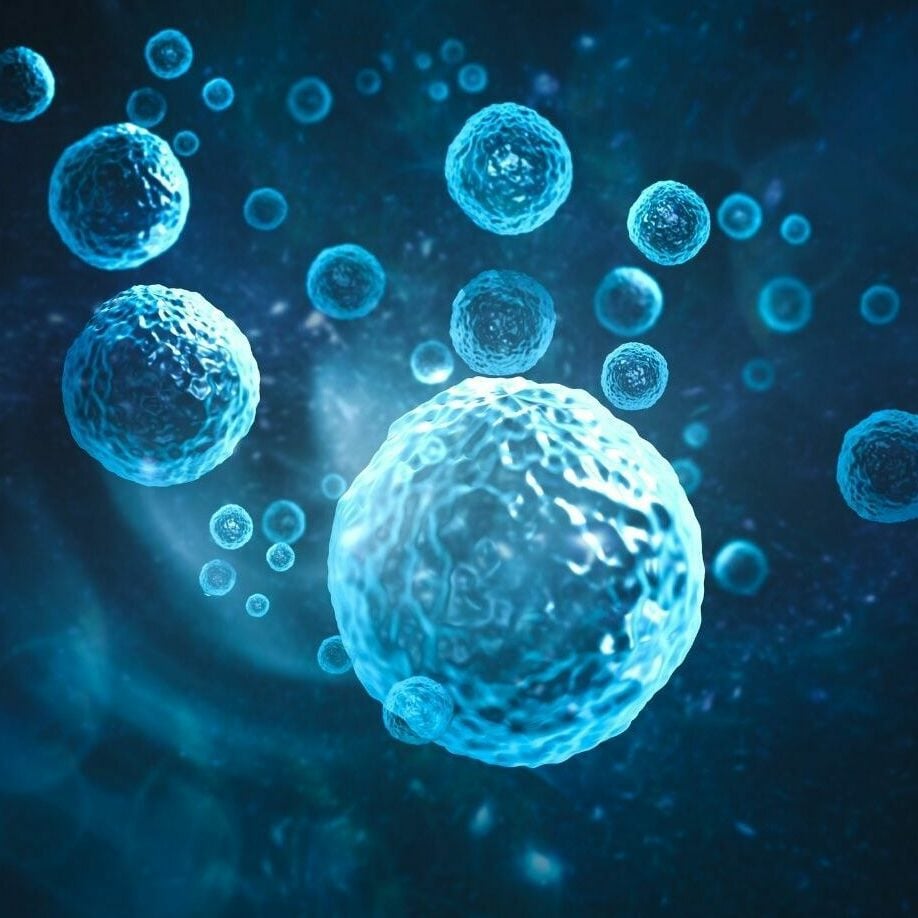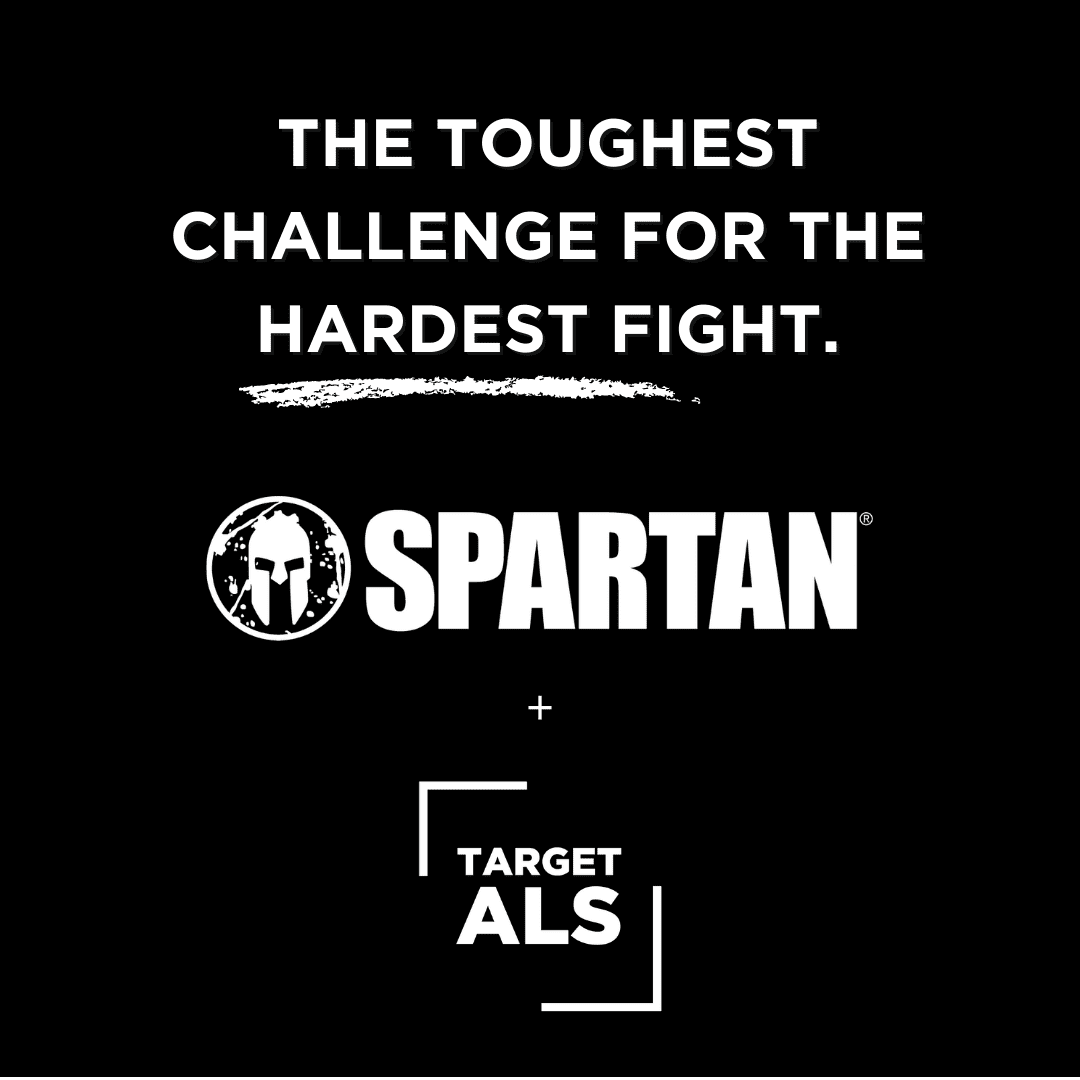At this year’s Target ALS Annual Meeting, amid cutting-edge science and cross-sector collaboration, one conversation stood out for its humanity and conviction. Dr. Senda Ajroud-Driss—neurologist, clinical researcher, and director of Northwestern University’s Lois Insolia ALS Clinic—sat down to reflect on her journey from Tunisia to Chicago, and why she believes now is a turning point in ALS research.
“I’ve always been fascinated by the brain,” she said. “We understand so many organs, but the brain remains a mystery—and that mystery drew me in.” Originally trained in Tunisia, where high rates of genetic disorders due to consanguinity shaped her early clinical exposure, Dr. Ajroud-Driss didn’t set out to become a neurologist. But her first rotation in neurology changed everything: “I was blown away. The detective work of clinical neurology, linking symptoms to localization, just made sense to me.”
Her journey to the United States, guided by love, family, and resilience, was anything but linear. After moving to Montreal and then Chicago, Dr. Ajroud-Driss found herself seven months pregnant, uncertain about her career path. “I thought I was done with neurology,” she recalled. It was her mother-in-law who challenged her to keep going: “You didn’t go through all this schooling to just stay home.”
That encouragement sparked a new chapter. She connected, by pure coincidence, with a former classmate working in a neurology lab. “That meeting changed everything,” she said. “And the rest is history.”
Today, Dr. Ajroud-Driss is one of the leading clinicians in ALS and neuromuscular trials in the U.S. But it’s not just the science that keeps her going. “ALS chooses you,” she said. “It’s not a disease everyone can work in. But for those of us who do, it’s a calling. I may not be able to cure it yet, but I can promise my patients that I’ll do everything in my power to put an end to it.”
That human connection is part of why the Target ALS Annual Meeting resonates so deeply with her. “This meeting is different. There’s a thread, each consortium focuses on a different piece, but together, they form a coherent story,” she explained. “It sets the stage for the year. I always feel like I hear about the most exciting developments here first.”
Crucially, she added, it’s the size and intimacy of the meeting that allows for spontaneous connection and idea exchange. “It’s small enough that you can sit next to someone at lunch and end up sparking a collaboration.”
One project she’s particularly passionate about is the Target ALS Global Natural History Study, which collects longitudinal data and biosamples from ALS patients worldwide. “Most of what we know about ALS is based on Caucasian, North American populations,” she said. “But the disease looks different across ethnicities. In Tunisia, for example, ALS often presents as lower motor neuron predominant and tends to progress more slowly. In India, there’s evidence of longer survival times. Understanding why could open new therapeutic doors.”
She emphasized the importance of genetic diversity, especially in North African populations, where unique mutations like TDP-43 appear more frequently than C9orf72 or SOD1. “These differences matter. They could help us uncover protective factors—or identify more aggressive disease subtypes. We can’t afford to leave that knowledge on the table.”
As for data sharing, she is unequivocal. “Patients want to know their contributions will fuel global progress. They don’t want a siloed effort. They want the brightest minds working together, wherever they are.”
For Dr. Ajroud-Driss, the fight against ALS is personal, scientific, and deeply human. “This disease has taken so much. But we are getting closer. With better tools and global collaboration, I believe it’s only a matter of when—not if—we crack it.”




